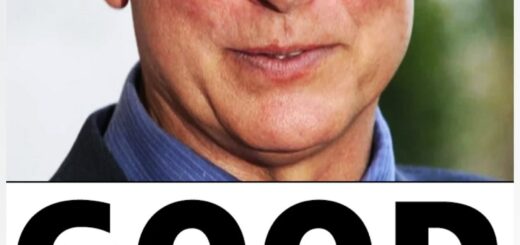Our bodies—and even our minds—have an incredible ability to warn us when something isn’t quite right. These warnings can come in many forms, often as small physical changes or symptoms that may seem harmless at first. Sometimes we notice them and take action, but other times, we brush them off, thinking they’re insignificant or temporary. However, ignoring these signs can be risky, especially if they’re indicators of underlying health issues.
Below are several symptoms that act as important alerts. When noticed, they should not be ignored. In many cases, they signal the need to see a doctor or to make serious changes to your lifestyle, such as improving your diet, reducing stress, or paying closer attention to hydration and nutrition.
1. Yellowing of the Skin and Eyes
If you notice that your skin or the whites of your eyes are turning yellow, it could be a serious sign of liver dysfunction. This condition is known as jaundice, and it occurs when there is a buildup of bilirubin in the body. Bilirubin is a yellow compound that forms when red blood cells break down. Under normal circumstances, the liver processes and removes it from the body. However, if the liver is not functioning properly—due to conditions like hepatitis, liver cirrhosis, or gallstones—bilirubin levels rise, and the skin and eyes take on a yellowish hue. This is a definite sign that medical attention is needed.
2. White Dots on Fingernails
Tiny white spots or dots on your fingernails are often ignored or dismissed as nothing serious. However, in some cases, they may indicate a deficiency in zinc, calcium, or protein. These nutrients play a vital role in nail health and overall body function. The appearance of these spots may also be the result of minor trauma, such as hitting your nails, biting them, or picking at them. Occasionally, they could even signal a fungal infection or other nail condition. While they’re not always dangerous, persistent or widespread spots may be worth checking with a healthcare provider.
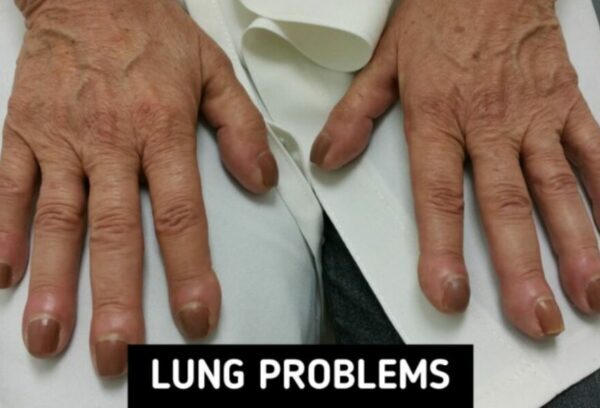
3. Cracked or Dry Lips
Cracked or chapped lips are common, especially in dry or cold weather. But if you frequently experience dry, peeling, or cracked lips, it could be a sign that your body is dehydrated and lacking in fluids. This might mean you’re not drinking enough water or consuming enough hydrating foods. In some cases, cracked lips can also result from vitamin deficiencies, particularly vitamin B, or exposure to allergens or harsh cosmetics. Drinking more water, using a good lip balm, and addressing any underlying nutritional deficiencies can help restore your lips’ natural moisture.
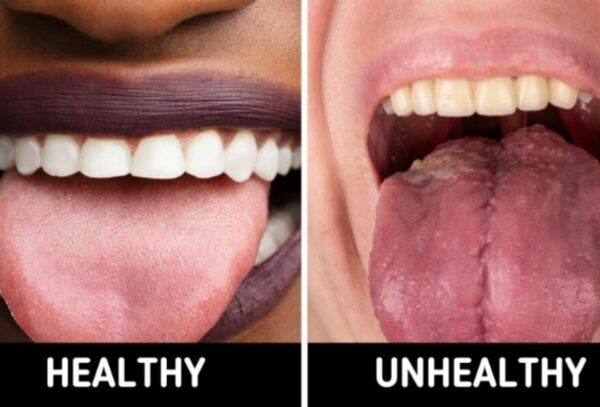
4. Nail Clubbing
Nail clubbing is a condition where the fingernails or toenails become wider, rounder, and curve downward, often with a sponge-like feel. While some people may naturally have clubbed nails due to genetics, in other cases, this condition can be a sign of a serious underlying health issue. Clubbing can be associated with lung diseases like chronic bronchitis or lung cancer, heart problems, inflammatory bowel diseases such as Crohn’s disease or celiac disease, and even certain cancers. If nail clubbing is a new or worsening condition, a medical evaluation is highly recommended.
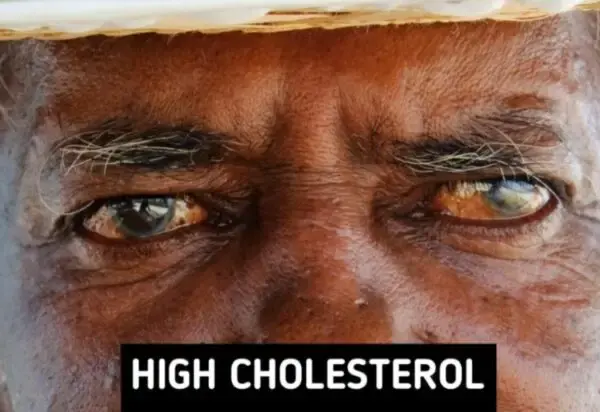
5. Mouth Ulcers or Cold Sores
Mouth ulcers (also called canker sores) and cold sores that appear inside or around the mouth are often signs of a weakened immune system. They can also be triggered by emotional stress, hormonal changes, or deficiencies in vitamin B12, iron, or folic acid. Although mouth ulcers are common and usually go away on their own within a week or two, recurring or unusually painful sores could be an indicator of an underlying condition and should not be ignored.
6. White Bumps on the Eyelids
Small white bumps or spots on your eyelids could be a symptom of very dry skin or milia—tiny cysts that occur when keratin becomes trapped beneath the skin. In some cases, these bumps may also be linked to high blood sugar levels, and could potentially be an early warning sign of diabetes. If these bumps are frequent or accompanied by other symptoms like dry eyes, blurred vision, or fatigue, you should speak with a healthcare provider.
7. A White or Gray Ring Around the Cornea (Arcus Senilis)
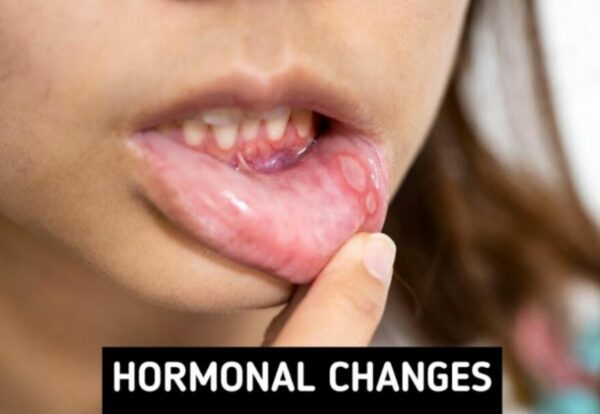
If you notice a white or grayish ring around the outer edge of your cornea—the clear, front part of your eye—it could be a condition known as arcus senilis. While this ring is common in older adults and often considered a normal part of aging, its appearance in younger individuals could signal elevated cholesterol or lipid levels in the blood. High cholesterol can increase the risk of heart disease and stroke, so this visual clue should not be dismissed without checking your blood lipid profile.
8. Red or Glossy Tongue
A reddish, smooth, or glossy appearance of the tongue can indicate a deficiency in certain essential nutrients, most commonly folic acid, iron, and vitamin B12. These nutrients are important for maintaining healthy red blood cells and nerve function. A red tongue may also feel sore or tender and could be accompanied by other symptoms like fatigue or weakness. If you notice these signs, it may be time to assess your diet or consult a doctor for blood work.
Listen to Your Body Before It Speaks Louder
Many of us tend to ignore small physical symptoms, assuming they’ll go away on their own. But the body has its way of communicating when something isn’t quite right. Whether it’s a change in the skin, nails, eyes, or mouth, every symptom is a clue—and sometimes, it’s the only warning you’ll get before a more serious condition develops.
Paying attention to these subtle signs and acting early can make a significant difference in your health. If you notice any of the above symptoms persisting or worsening, don’t hesitate to consult a medical professional. Your body is always talking—you just have to listen.

